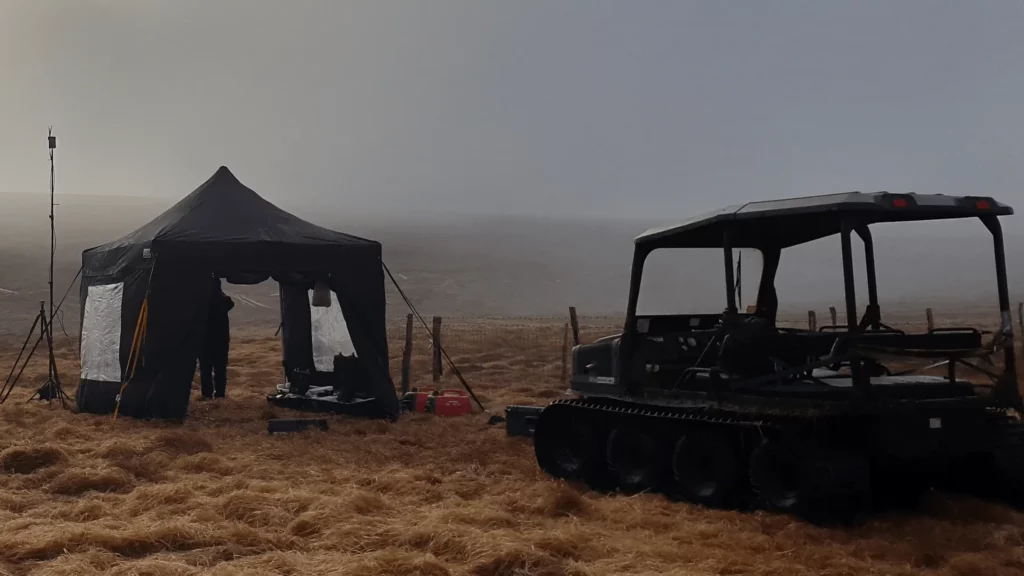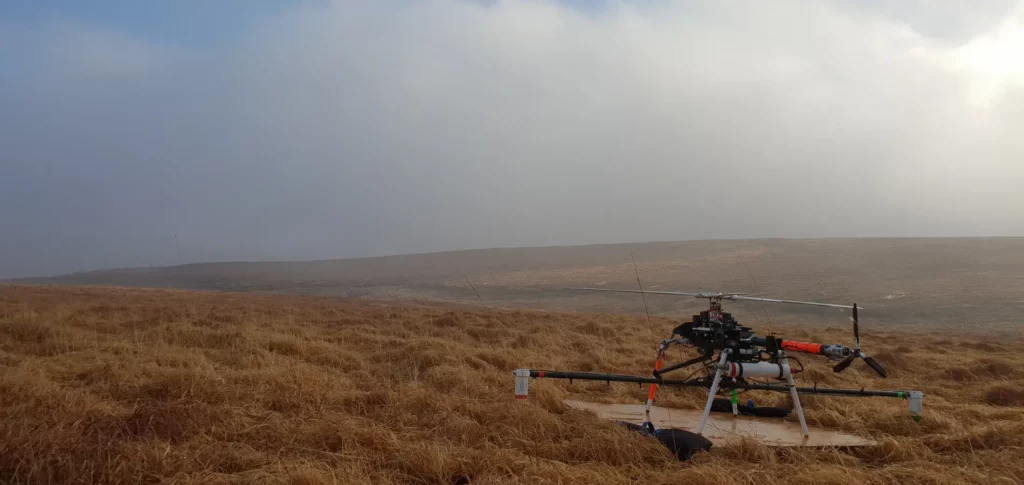CASE STUDY
Dartmoor_
Brimstone was appointed to complete a 200-hectare UXO drone survey on a live military training ground in Dartmoor National Park, resulting in multiple UXO finds.
Brimstone was appointed to survey 200 hectares of land in Dartmoor National Park, a protected area of moorland and countryside located in South Devon, UK. The area, which covers approximately 368 square miles (954 square kilometres), has been used by the British Army for training exercises for over two centuries. To this day, the moorland continues to be used for the firing of small arms and mortars, as well as smoke and illumination artillery projectiles.
Research conducted by the University of Exeter found that only 1% of the peatlands in Dartmoor remained undamaged. This is due to a range of factors, including drainage, erosion, cutting, and drying out, all of which have led to increased flood risk, the release of greenhouse gases, and the depositing of silt into the local water supply. In response, the client undertook research trials and developed an evidence-based solution that involved blocking runoff channels and erosion gullies, reprofiling cuttings, and rewetting the peat. Given that the work was to be carried out in an active military firing range, Brimstone was contracted to manage the inherent risk of unexploded ordnance.
The ground conditions meant traditional methods of surveying were not possible, which is why we deployed our UAV to the site to survey, identify, and locate buried UXO. If we had opted for a towed or pushcart methodology, we would have risked destroying the peat that was being restored.

Undertaking the UXO survey
Brimstone demonstrated its expertise and resourcefulness in completing this challenging project, which involved navigating through bird nesting seasons, dealing with difficult access and egress, and working in a remote and scientifically sensitive area, regardless of the weather conditions. Despite these obstacles, we successfully conducted the UXO survey and managed the UXO risk throughout the entire duration of the project, ensuring the safety of all involved.
We had complete confidence in our UAV system for this project. Brimstone was an early adopter of UAV technology in the UXO and security sectors, having demonstrated the effectiveness of this approach during the final of the 2017 Army Warfighting Experiment.
The Army Warfighting Experiment was an initiative to de-risk equipment that would inform future concepts and meet identified capability gaps across the British Army’s portfolio.
Our UAV utilised the latest magnetic sensor technology, which enabled the identification of items as small as a VS50 AP Mine. We were able to pre-program flight paths to ensure the accuracy of data and ensure that the UAV maintained a set altitude. As the UAV was modular, the sensors could easily be switched for Ground Penetrating Radar (GPR), Fluxgate Magnetometers, Light Detection and Ranging (LiDAR), Hyperspectral Camera, HD Camera and Infra-Red Camera as required.
Several items of ordnance were safely recovered from the site without incident, including projectiles, mortars, and small arms ammunition. Through data analysis, we also identified potential UXO targets and operated a ‘mark and avoid’ strategy to help keep work on track.
Supporting environmental recovery at Dartmoor
Through the combined efforts of South West Water, the University of Exeter, the Duchy of Cornwall and Brimstone, Dartmoor is on track for peatland recovery, improving biodiversity, reducing greenhouse emissions and improving the health of local water supply.

Need help with UXO but not sure where to start?_
Answer a few quick questions and we’ll point you in the right direction.